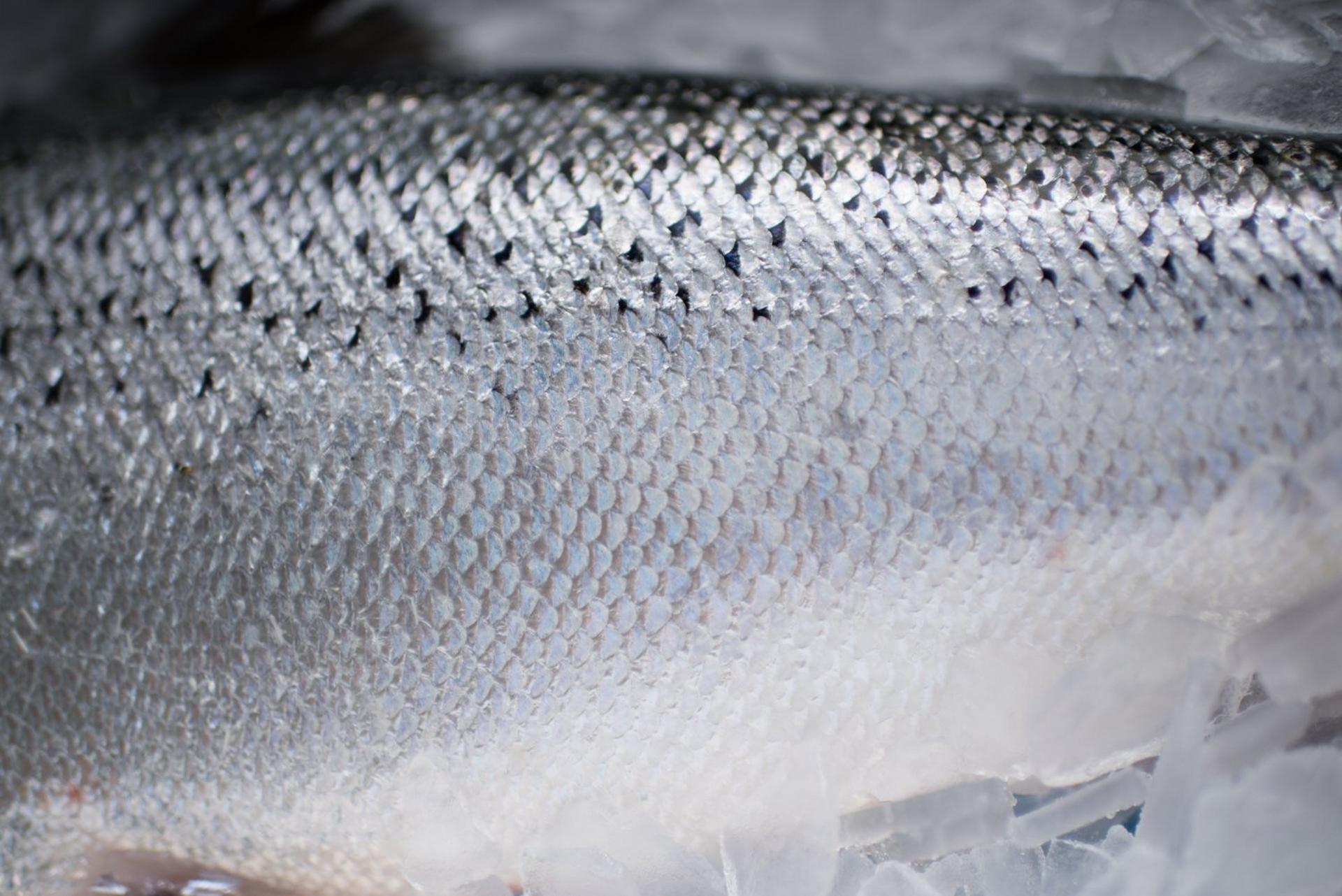The feeding trial was conducted using post-larval shrimp (PL12) over a four-week period. Two dietary treatments were tested: a control diet and a diet supplemented with a probiotic mix of Bacillus pumilus and Bacillus subtilis at a concentration of 8.0 x 10^6 cfu/g feed. Each treatment was administered to shrimp housed in eight 400-liter tanks, stocked at a density of 1 PL per liter. Performance metrics such as final mean weight, biomass, average daily gain (ADG), feed conversion ratio (FCR), and survival rate were recorded.
Osmotic Stress Test
At the end of the feeding period, 50 shrimp from each tank were subjected to an osmotic shock, transitioning from 8 ppt to 0 ppt salinity. Mortality was recorded
every 30 minutes over a seven-hour period to evaluate osmoregulation capacity. (Figure 1)
Vibrio parahaemolyticus Challenge
Following the feeding trial, 30 shrimp from each tank were exposed to Vibrio parahaemolyticus in a bath challenge. Mortality was monitored every three hours for three days to assess resistance to bacterial infection. (Figure 2)













